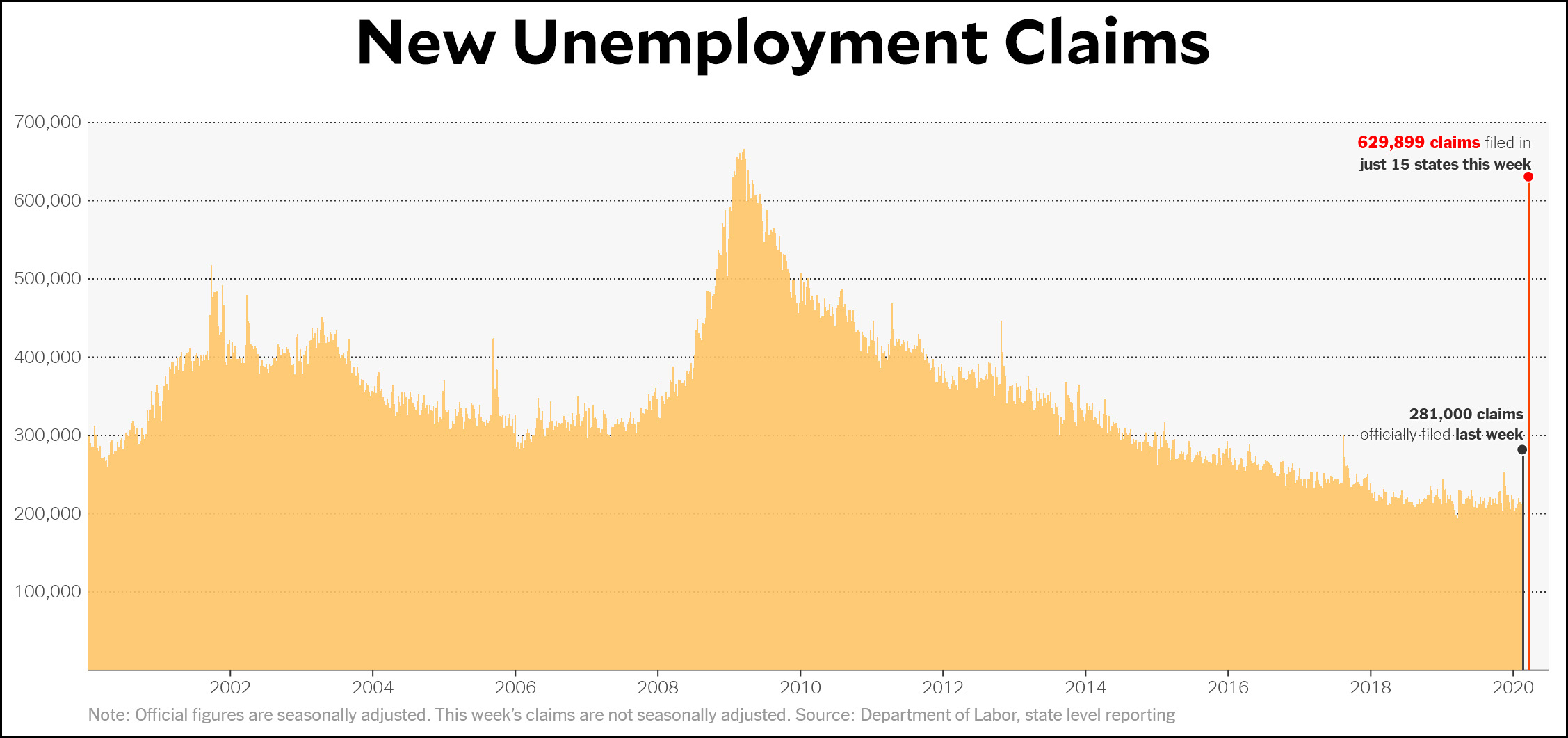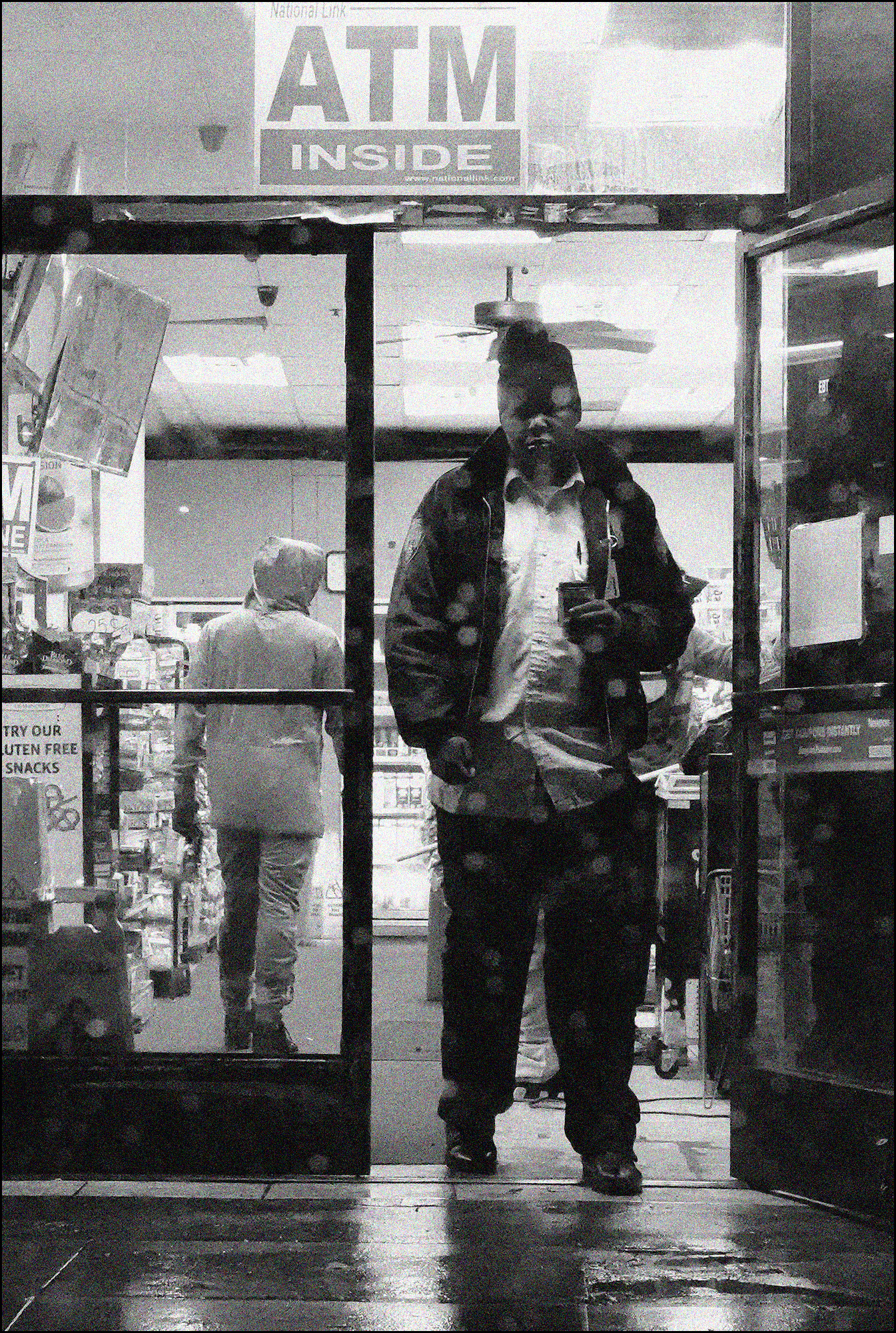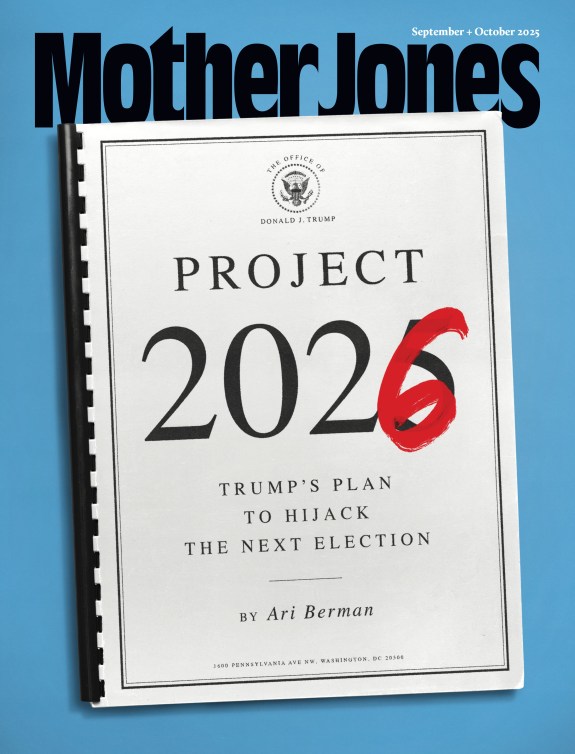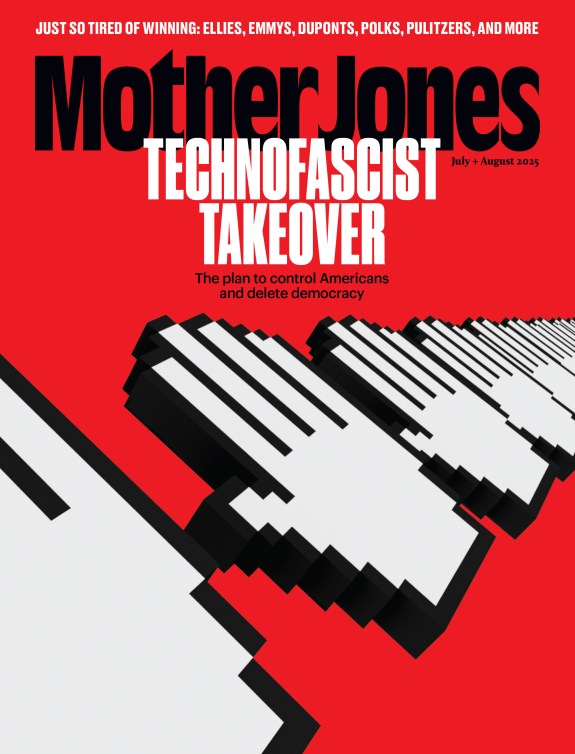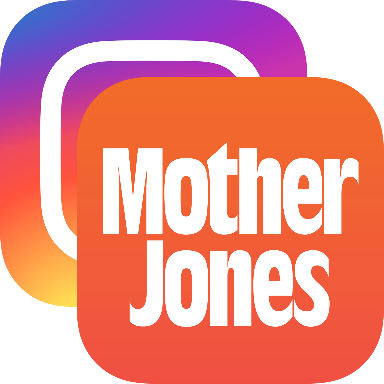It feels like no one is interested in any news that’s not coronavirus related right now, but here’s a bit of it anyway. A team of researchers has been digging into the life expectancy numbers for the United States to test the theory that we’re seeing more “deaths of despair”—i.e., deaths due to suicide, drug overdoses, and alcoholism. What they found is that since 2010, when US life expectancy suddenly flattened out, the real culprit is cardiovascular deaths:

For both men and women, they found that if they assumed fewer drug-related deaths the life expectancy numbers barely moved (green lines). However, if they assumed that cardiovascular deaths were still declining as much as they used to, the life expectancy numbers went up by more than a full year (red lines). That turns out to be the real problem: we stopped making much progress against heart disease while other countries have continued to see cardivascular deaths decline significantly:
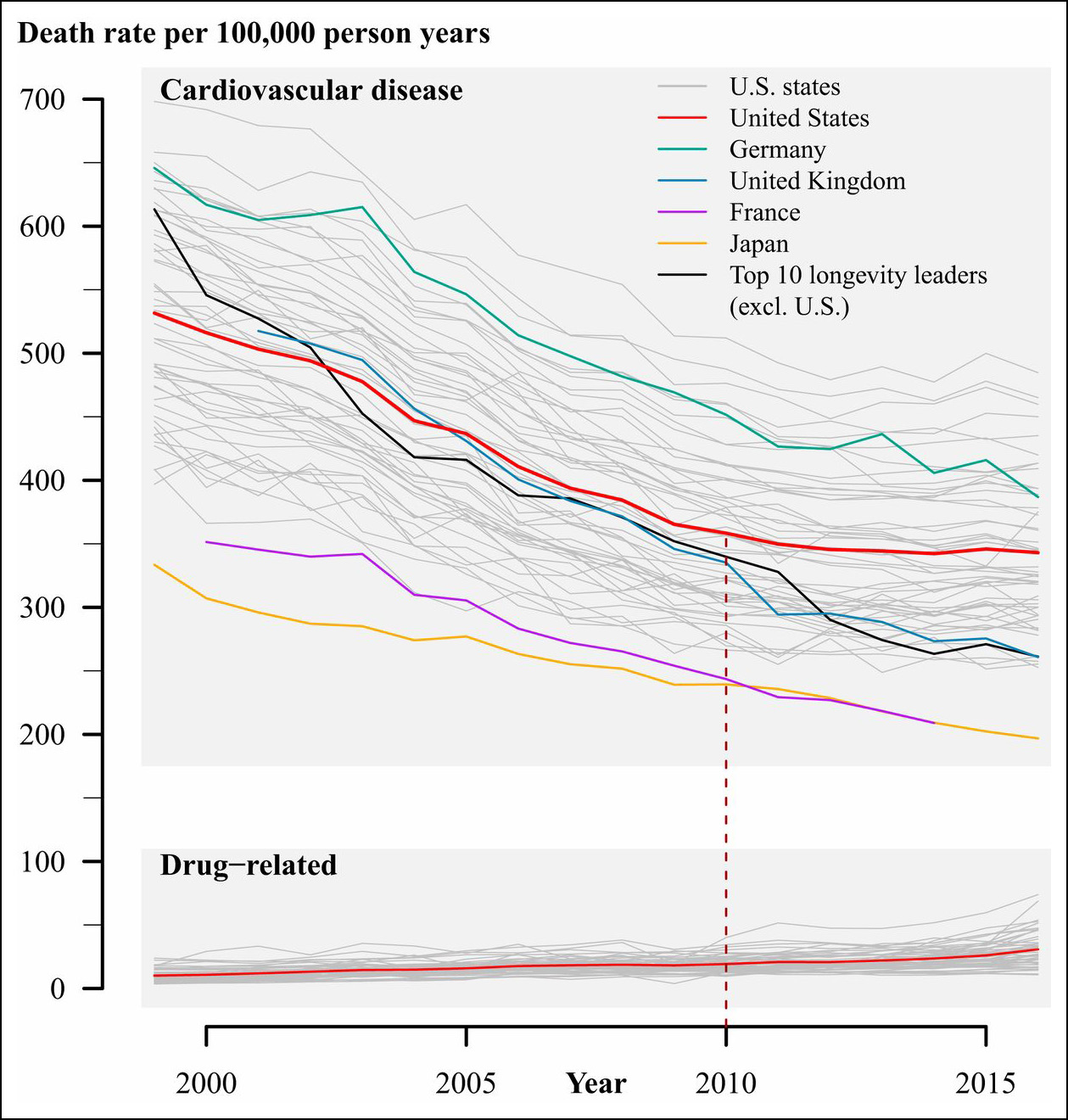
This is by no means the end of the story. I suspect that over the next few years we’re going to see a lot of studies of life expectancy in an effort to figure out why the US has deviated so strikingly from other rich countries. The “deaths of despair” hypothesis is one explanation, though it gets kind of complicated when you take a deep dive into precisely who’s dying more these days. Now cardiovascular disease is another hypothesis. Somehow I have a feeling that it might be quite a while before the numbers are all crunched finely enough that we finally reach a consensus about what’s really going on.



